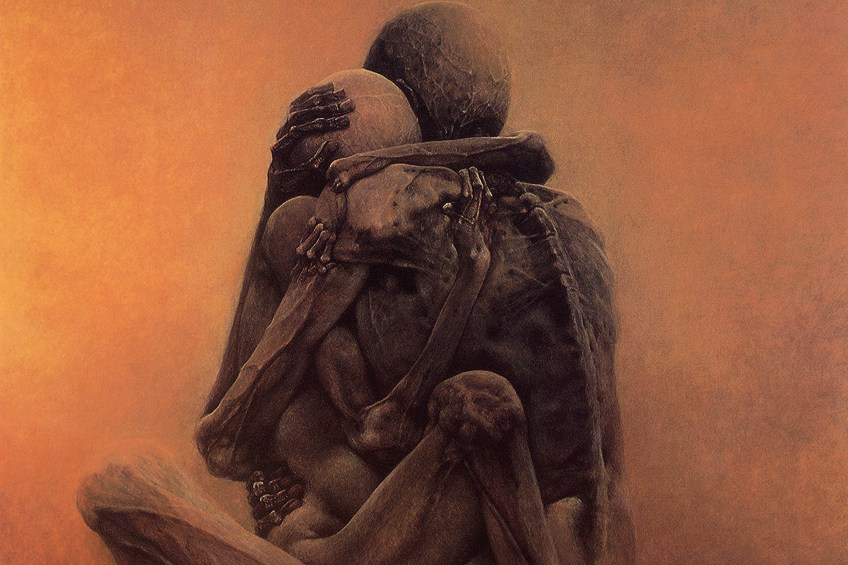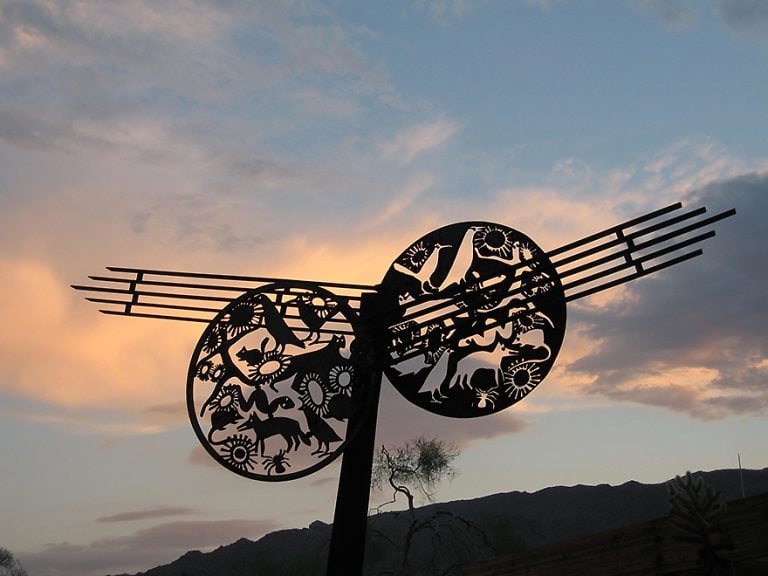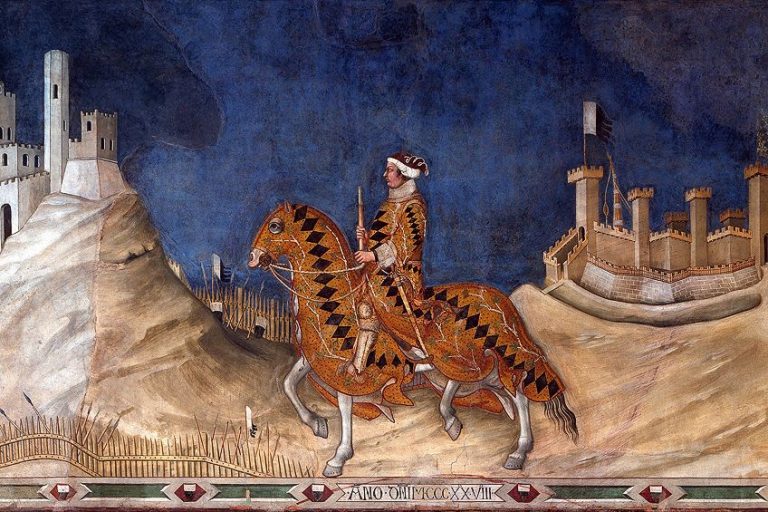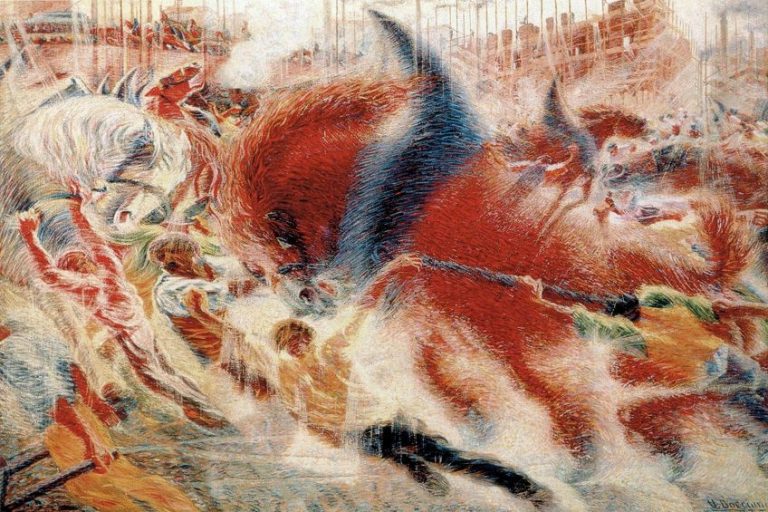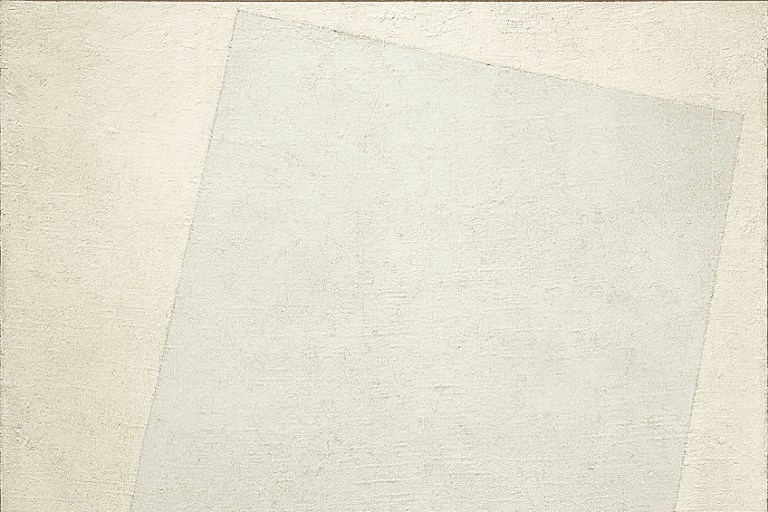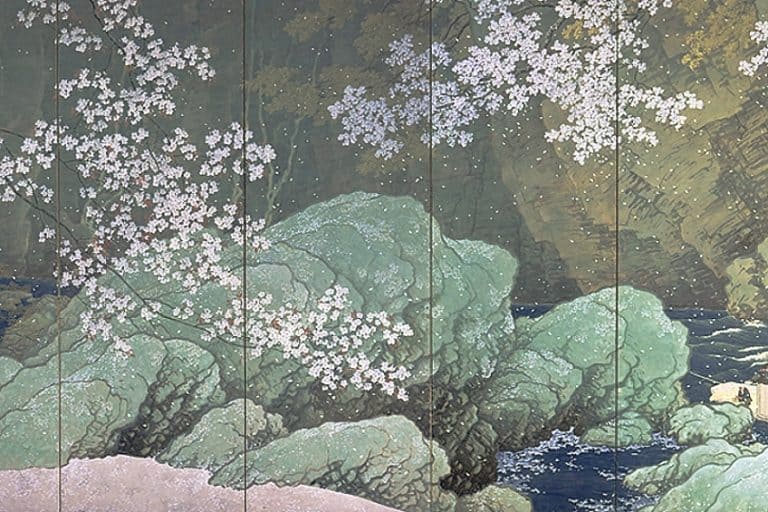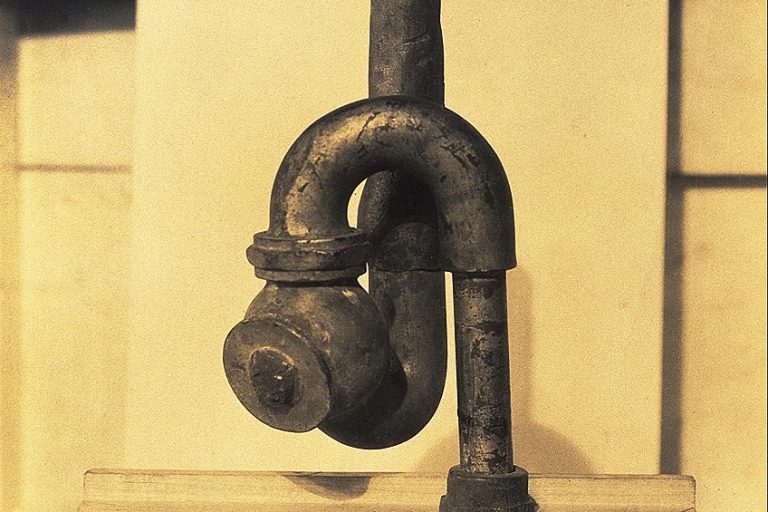Dystopian Surrealism – The Other-Worldly Horrors of Dystopian Art
Dystopian Surrealism is a genre that was made popular by the Polish horror artist, Zdzisław Beksiński. Beksiński’s paintings reflect the dystopian artist’s love for Gothic and dark Baroque artworks. Dystopian art is typified by an envisioned location or situation in which things appear unpleasant or horrible, generally, one that is authoritarian or environmentally deteriorated.
Dystopian Surrealism
Dystopian art is characterized as the representation of a fictitious, unpleasant, and horrifying location. It is the complete antithesis of utopia, which is the idealized location or community free of poverty and crime. Surrealism was a 20th-century ideology that advocated for the complete emancipation of the subconscious.
Surrealism: The Roots of Dystopian Surrealism
Surrealism was an ideological trend that was focused mostly in Paris that began in 1917 and lasted until the end of the second world war. Its members attempted to overcome the issues of cognition and expression in a variety of ways. Surrealism began as a literary phenomenon inspired by widespread Spiritualist organizations, Sigmund Freud’s psychoanalytic procedures, and Marxist political beliefs.
Andre Breton, one of the creators of Surrealist writing, invented automatic composing by adapting methods employed by spiritualist communicators to connect with the spirits of the dead and transcend their brains into another dimension.
Surrealists believed that this enriched writing and painting since it pulled not just from the artist’s cognitive world, but also from their subconscious.

These writers would continue to refine these approaches during the time when Surrealism was prominent, and they made significant contributions to the movement’s overarching concept. Surrealist art arose from the demise of the Dada era. These ex-Dadaists, including Man Ray, Max Ernst, and Joan Miro, contributed to the development of the dreamlike language pioneered by Giorgio de Chirico.
Max Ernst invented the frottage process, which involved generating and improving rubbings of various things. Miro began experimenting with incorporating organic elements such as sands into his work to produce different textures. Simultaneously, Man Ray began experimenting with solarization, which resulted in unexpected auras in portraiture.
These artists contributed to the development of many styles of early Surrealist art as well as the popularization of the movement.
Many painters gravitated toward the Surrealist style in the 1930s. Salvador Dali was one of these painters. He was particularly interested in the notion of paranoid delusions and the capacity of items to become disconcerting in a dream state. Dalí and other painters like Meret Oppenheim and Marcel Duchamp turned everyday things like mugs and irons into threatening things. This was owing to the painters’ aversion to females and their dissatisfaction with the opposite gender.

Many Surrealists were similarly preoccupied with the feminine body as a trap, as well as the themes of life and death. These views were based on Freudian conceptions that connected conscious difficulties to those of a sensual, subliminal nature. These painters expanded on the ideas of the early Surrealists and contributed to taking the genre to a different level.
Surrealism arose as a relatively calm transition from Dada after its demise in the early 1920s.
It brought together many of the globe’s popular religious, economic, and psychological views at the time in order to achieve a condition of enhanced and genuine reality. Early painters like Andre Masson, Max Ernst, and Man Ray pioneered novel and fascinating approaches that paved the way for the representation of the subconscious. Later artists made sculptures that attempted to portray the underlying fears of individuals as described in Freudian philosophy.

Surrealists developed work that attempted to demonstrate the artist’s sheer creative abilities by merging both the unconscious and conscious faculties as one. Consider taking many dreams and combining them in an artwork as a composition as an example of the sort of work that the artists created. Surrealists used this as a major topic style, allowing the brain to make the art rather than the logical conscious intellect.
These independent procedures aided in the creation of the abstract dream visuals that were important in Surrealism. Their objective was to merge the conscious and subconscious minds into a single entity that cohabited in the perceptible world.
The Dystopian Art of Zdzisław Beksiński
Zdzisław Beksiński, a Polish artist, was noted for his paintings, photographs, and sculptures that emphasized the topic of dystopian surrealism. Beksiński artworks, such as his surreal horror art paintings and eerie drawings, were created in Gothic or Baroque styles. Beksiński output has been divided into two separate phases; the early period’s paintings are defined as expressionistic dystopian surrealism, while the latter period had a formalist approach and was more abstract in nature.
| Nationality | Polish |
| Date of Birth | 24 February 1929 |
| Place of Birth | Sanok, Poland |
| Associated Style | Dystopian Realism, Formalism |
Formative Years
He studied architecture in Krakow before returning to his birthplace of Sanok in southern Poland in 1955 to work as a building site supervisor. He began to acquire a passion for sculpting, painting, and photographing at the same time as he was dissatisfied with his work. Following an exhibition in Warsaw in 1964, the success came immediately.
He progressively abandoned sculpting, including abstract works in metal and plaster, to focus almost entirely on figurative oil paintings. He quickly rose to prominence on the Polish current scene.
He painted much of his work during the 1970s and 1990s, during his fantasy era, in which he represented scenes with gloomy, dismal atmospheres. “I want to paint as if I were documenting dreams,” he explained. In the 1990s, he returned to a more abstract style of work, beginning to use new computer technology to create photomontages.

The Meaning of His Dystopian Artworks
Desert settings dominate Beksiński’s art, which is inspired by baroque and gothic structures. His eerie landscapes include corpses in the center of post-apocalyptic landscapes, which are frequently surrounded by an orange sky. We have just emerged from an apocalyptic tragedy in which only monumental architecture stands in the midst of an overfilled environment.
In his art, the judgment and dissolution of mankind become unavoidable. Death resonates with the observer in order to suffocate him. The unavoidable sense that remains is a lack of optimism and a rejection of any bright future, a proclamation of a widespread peril in which the effort is futile.
Abstract and surrealist, Zdzisław Beksiński’s art has always been unpleasant, showing dismal scenes of murder, degradation, disfigured faces, and malformed corpses.
While all of his art was gloomy, his early work concentrated on dystopian catastrophic landscapes and employed evocative color, and his later work was abstracted and used a subdued color palette. His early photographs clearly influenced his later works, which both depict fractured and twisted figures. The photos provide insight into the images that the dystopian artist was attracted to over and again.
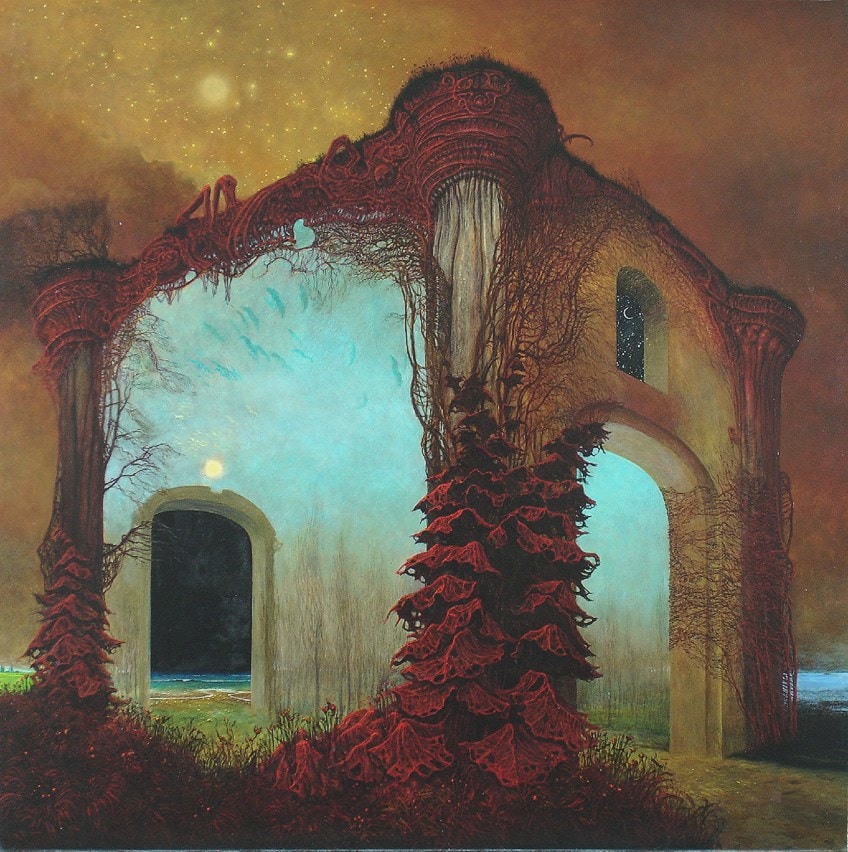
While his work contains undeniably disturbing images, the artist frequently asserted that his work was not intrinsically gloomy, saying that his paintings had no specific meaning and advised viewers to interpret them any way they saw fit. Many art experts and scholars have speculated that the terrifying subject matter of his works derives from his boyhood spent in one of the most heinous conflicts in the history of mankind, but the artist never officially verified the accusations, leaving much of his artwork’s significance in the air.
Irrespective of Zdzisław Beksiński’s rejection of deliberate significance in his works, there are some apparent deliberate references to metaphorical importance, particularly in the context of his background.
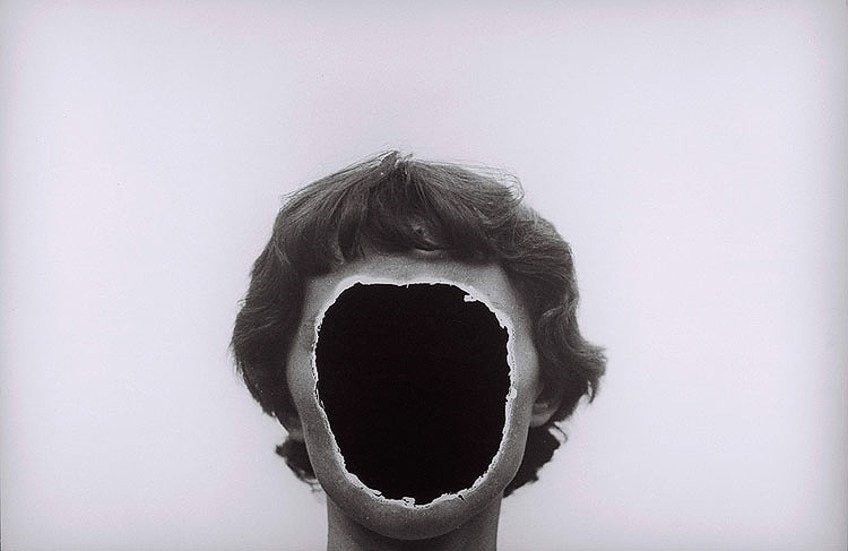
In one of his works Helmet, for instance, a hooded figure is represented, constructed of interconnecting wood-like materials and donning a Nazi-style military helmet. Furthermore, the picture is notable for its use of the hue Prussian blue, which is called for the ingredient used to manufacture the pigment, Prussic acid, also referred to as hydrogen cyanide. During WWII, this Prussic acid was used to make Zyklon B, a toxin that was utilized in the gas chambers of several detention centers, painting the walls with the iconic Prussian blue tint.
Inspiration and Description of His Artwork
Beksiński’s paintings are very precise and exact from a technical sense, employing sophisticated oil painting methods. His art is even more stunning from an emotional standpoint; just glancing at some of his works may be tough to witness while still being quite touching. His art is eerily exquisite and, at times, disturbing, while ever resorting to standard horror cliches.
Whatever artwork you look at of his, it will be startlingly original and uniquely scary. When asked about his goals, he stated that he “wanted to depict in such a sense as if he were documenting dreams.”

He drew influence from both traditional and rock music, and he frequently listened to it while working. Curiously, the Polish horror artist never seemed to consume other types of art, and he was not known to like books or even other painters’ works. For most of his lifetime, he, like his art, became something of an enigma to the general public. In the late 1970s, the artist burnt a handful of his works in his garden to keep work that he considered “too sensitive” from the view of the public.
The topic of these artworks is undisclosed, and it looks that it will remain so since he carried this information to his grave.
The Artist’s Influence
Perhaps the simplest way to interpret Zdzisław Beksiński’s influence is to think of it as ambient art that calls for calm meditation. At first sight, we are perplexed by an interplay of components that would never exist in actual life, but which occur regularly when we gaze at surrealist paintings. Our mental connections overlap, resulting in a material that is unique but unknown. We are left with an odd blend of anarchy, religion, and tragedy, all of which is happening before our eyes unexpectedly.

Beksiński’s paintings of post-apocalyptic landscapes manage to captivate audiences with their distinctive combination of reality, Surrealist, and abstractions. He leaves the world in awe, causing us to gaze away from the atrocities they harbor within, pointing to the reality that power frequently lurks beneath the darkest shadows.
Perhaps we should yield to sadness for a little while in order to discover the solutions we have inside us.
The Influence of Dystopian Surrealism on Modern Artists
Zdzisław Beksiński may be the oldest example of Dystopian Surrealism, but his art has gone on to influence many modern artists. In a time of much economic and climatic upheaval, it is no surprise that Dystopian art is making a return. Let us take a look at some of the more contemporary artists that have incorporated elements of Dystopian art into their works.
Michael Kerbow
| Nationality | American |
| Date of Birth | 1979 |
| Place of Birth | San Francisco |
| Associated Style | Surrealist |
Michael Kerbow’s initial art workshop was in a structure next to a federal site. The region had formerly been used as a Navy base dump. It had become an unkempt field, full of frightening white tubes to ventilate whatever lay buried beneath. He used to worry about what was hidden there and if he was endangering his health by living so close to such a dangerous spot. Thinking about these issues eventually prompted him to consider our larger effect on the planet.
His prior job as a photoshopper for newspaper ads had previously made him painfully aware of our society’s proclivity for overindulgence. And this very hazardous waste demonstrated how a lack of forethought may result in serious environmental devastation.
The dystopian artist has spent the last decade investigating the environmental consequences of our modern civilization. He is curious about what drives our collaborative activities and how they may impact our future sustainability. He tries to show the conflict that may arise between what we wish and what we create by questioning the reasoning of our decisions. His dystopian artworks are metaphors about our reality and ideas of what may be. He tries to condense what he sees happening now so that others might better grasp what might occur later. He is known for artworks such as Stalker (2019) and Reversal of Fortune (2019).
Alexey Andreev
| Nationality | Russian |
| Date of Birth | 1972 |
| Place of Birth | Saint-Petersburg |
| Associated Style | Surrealism |
Alexey Andreev is a Russian artist who was born in 1972 and currently lives and works in Saint-Petersburg. He never thought of creation as a result of man’s intelligence, and he never will. Instead, he sees it as an activity aimed at restoring particular levels of comprehension he had as a child, in his dreams, and so on. This is what David Lynch refers to as the intuitive voyage.
He never describes how this process works – he is not prone to superstition or academic conjecture. The human brain, on the other hand, is the most sophisticated object ever produced in the Universe, and our awareness is simply a thin film on the sea of oblivion. In this ocean, anything is conceivable. He works, and he returns to those levels of comprehension, childhood recollections, and dreams. He has to go over them over and over again. This is the only reason he does what he does.
It’s practically hard to describe or describe the style of Alex Andreev’s digital artworks. Partly science fiction, partly dystopian world, the images are both unsettling and magnificent, his people living a universe inspired by Soviet-era books, music, and cinema, according to Andreev. he works solely with Corel Paint and Photoshop, and each artwork is created with only a narrow collection of palettes and brushes with no visual effects or 3D modeling. He is known for artworks such as Guard of Honor (2015) and Soft Mashines 02 (2015).
Zdzisław Beksiński, a Polish horror artist popularized the genre of dystopian surrealism. Beksiński’s paintings exhibit the dystopian artist’s interest in Gothic and gloomy Baroque art. Dystopian art is characterized by an imagined location or circumstance in which things look unpleasant or dreadful, typically one that is authoritarian or environmentally degraded.
Frequently Asked Questions
What Is Dystopian Surrealism Art?
Dystopian art is defined as depicting a fictional, horrible, and horrific environment. It is the polar opposite of utopia, which is defined as an imagined place or society free of violence and deprivation. Surrealism was a 20th-century philosophy that argued for the complete release of the subconscious.
Where Did Dystopian Art First Originate?
Surrealist Dystopian artists were first influenced by the initial Surrealist movement. In the 1930s, several painters were drawn to the Surrealist style. One of these painters was Salvador Dali. He was particularly intrigued by the concept of paranoid delusions and the ability of objects to become disturbing in a dream state. Dali and other painters, such as Meret Oppenheim and Marcel Duchamp, transformed commonplace objects such as mugs and irons into frightening objects. This was due to the artists’ dislike of ladies as well as their displeasure with the opposite gender. Many Surrealists were fascinated with the feminine form as a trap, as well as life and death themes. These ideas were founded on Freudian concepts that linked conscious challenges to sensual, subconscious ones. These artists elaborated on the concepts of the early Surrealists, helping to elevate the genre to a new level.
Who First Created Dystopian Surrealism?
The first person to create Surrealist Dystopian art was Zdzisław Beksiński. Zdzisław Beksiński’s paintings have always been disturbing, depicting bleak images of murder, degradation, distorted features, and misshapen corpses. While all of his work was dark, his early work focused on dystopian catastrophic landscapes and utilized evocative color, and his later work was abstracted and used a muted color palette. His early images definitely impacted his later works, both of which feature fragmented and twisted individuals. The photographs offer insight into the images that the dystopian artist was drawn to over and again.
Isabella studied at the University of Cape Town in South Africa and graduated with a Bachelor of Arts majoring in English Literature & Language and Psychology. Throughout her undergraduate years, she took Art History as an additional subject and absolutely loved it. Building on from her art history knowledge that began in high school, art has always been a particular area of fascination for her. From learning about artworks previously unknown to her, or sharpening her existing understanding of specific works, the ability to continue learning within this interesting sphere excites her greatly.
Her focal points of interest in art history encompass profiling specific artists and art movements, as it is these areas where she is able to really dig deep into the rich narrative of the art world. Additionally, she particularly enjoys exploring the different artistic styles of the 20th century, as well as the important impact that female artists have had on the development of art history.
Learn more about Isabella Meyer and the Art in Context Team.
Cite this Article
Isabella, Meyer, “Dystopian Surrealism – The Other-Worldly Horrors of Dystopian Art.” Art in Context. February 14, 2022. URL: https://artincontext.org/dystopian-surrealism/
Meyer, I. (2022, 14 February). Dystopian Surrealism – The Other-Worldly Horrors of Dystopian Art. Art in Context. https://artincontext.org/dystopian-surrealism/
Meyer, Isabella. “Dystopian Surrealism – The Other-Worldly Horrors of Dystopian Art.” Art in Context, February 14, 2022. https://artincontext.org/dystopian-surrealism/.


